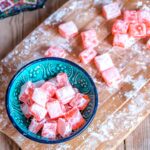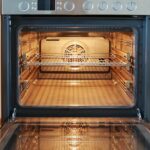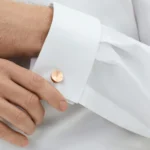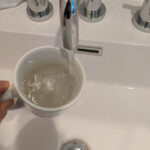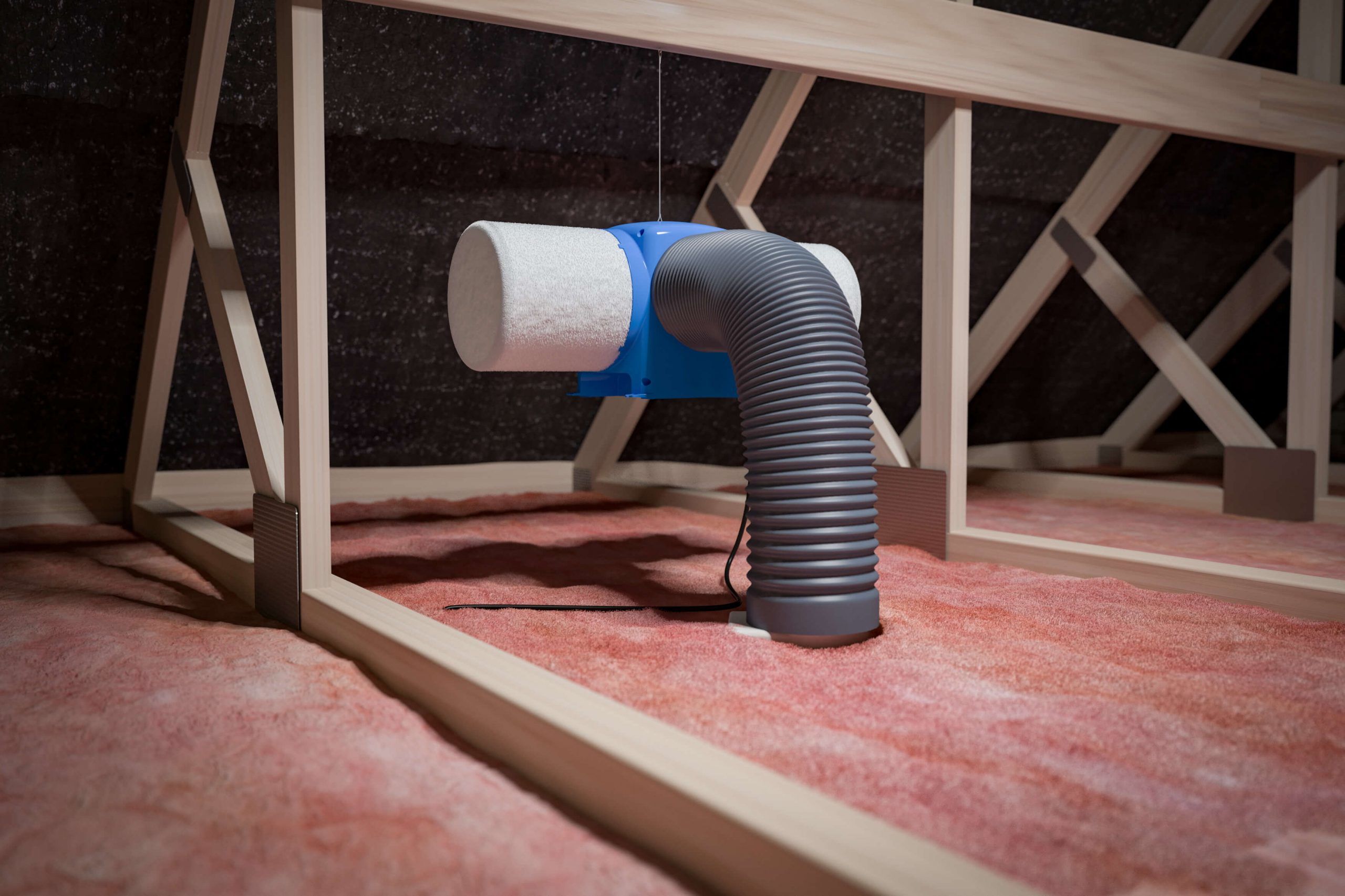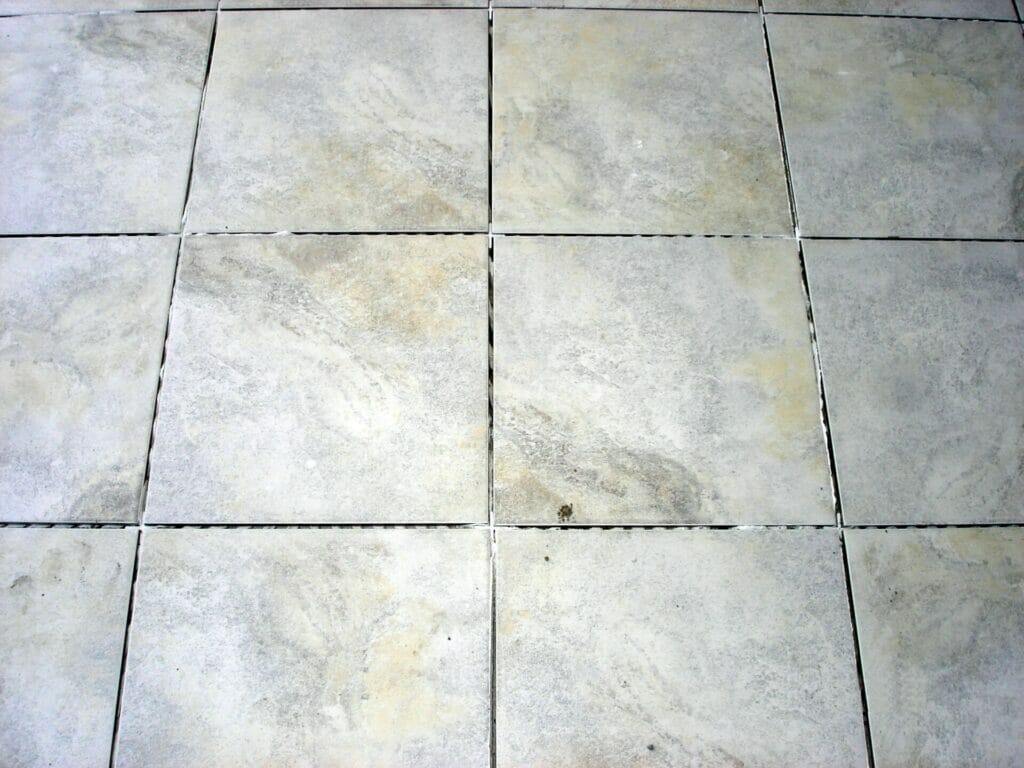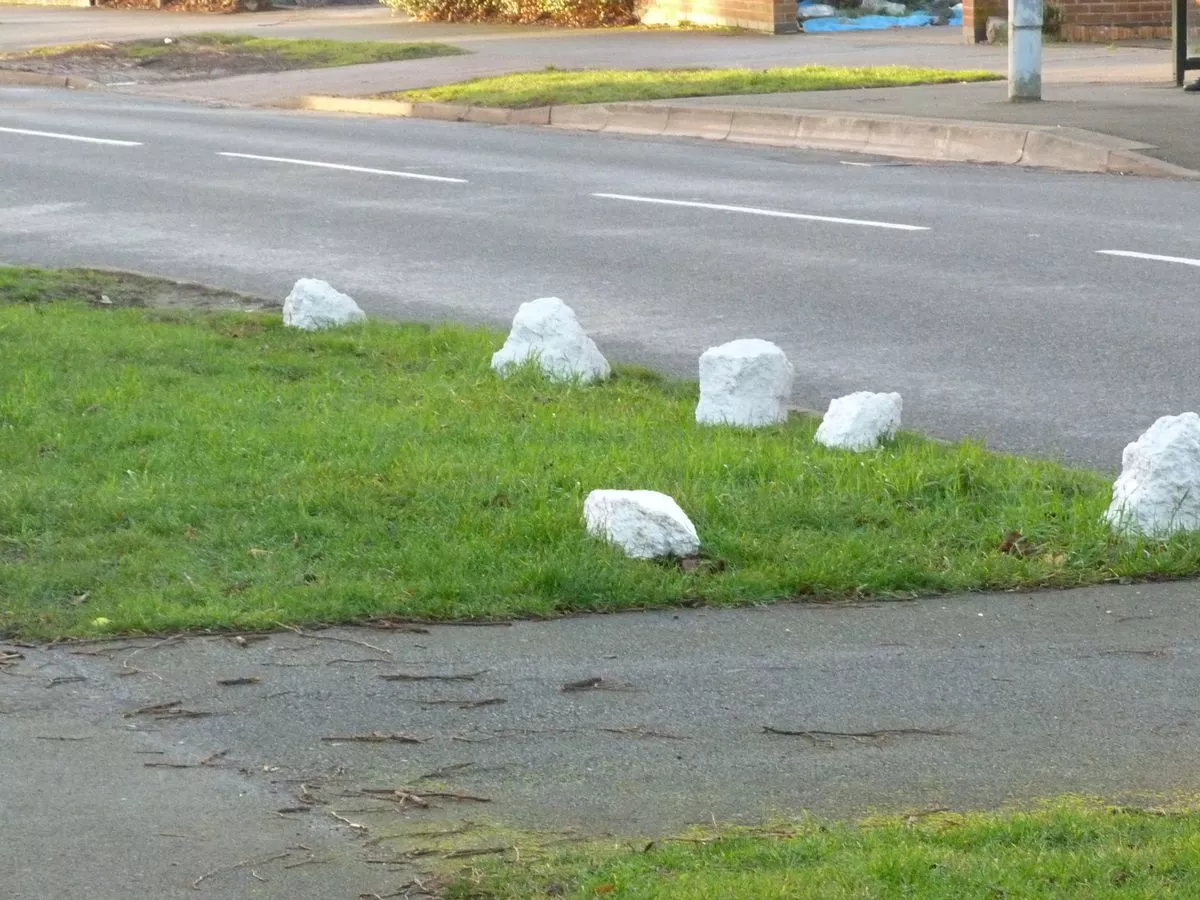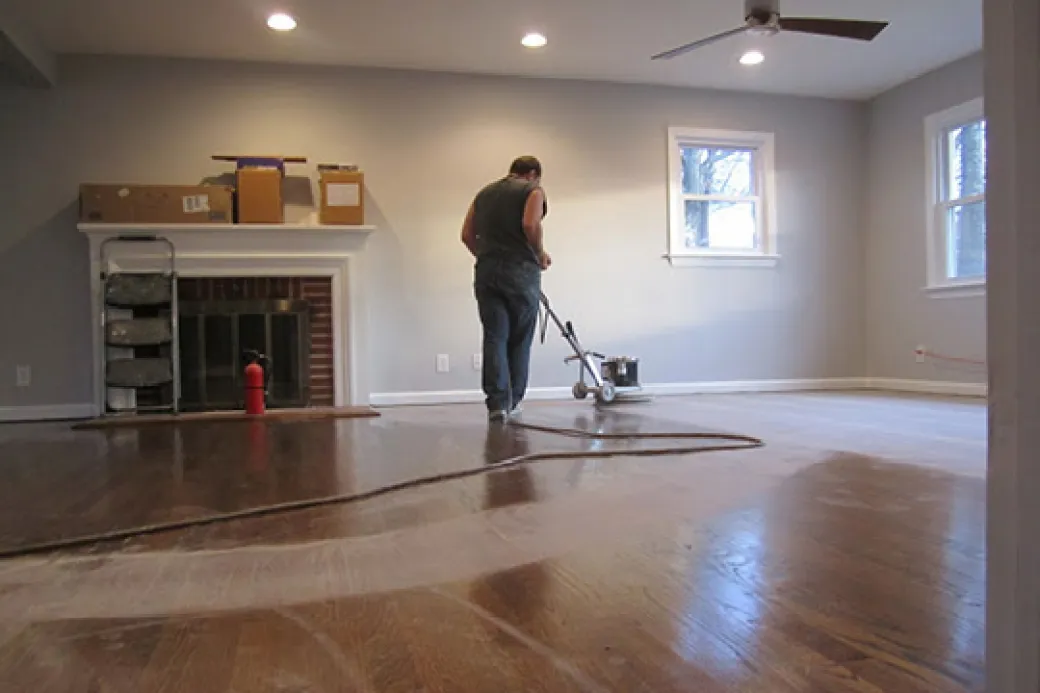Positive Input Ventilation (PIV) is a method of providing continuous ventilation to a home by introducing fresh, filtered air from outside. The purpose of PIV is to improve indoor air quality by reducing humidity levels and preventing issues such as condensation and mold growth. However, PIV systems are not designed to cool or heat a house.
PIV systems typically work by drawing air from outside and distributing it throughout the home, creating a slight positive pressure that pushes stale air out. While the introduction of cooler air from outside might have a minor cooling effect, it is not the primary purpose of the system, and the impact on indoor temperature is generally minimal.
If you are experiencing a noticeable drop in temperature after installing a PIV system, it may be due to other factors. For example, if the system is not properly balanced or there are other ventilation issues, it could lead to uneven temperature distribution. It’s also possible that external factors, such as weather conditions, may be influencing the indoor temperature.
How does Positive Input Ventilation Work?
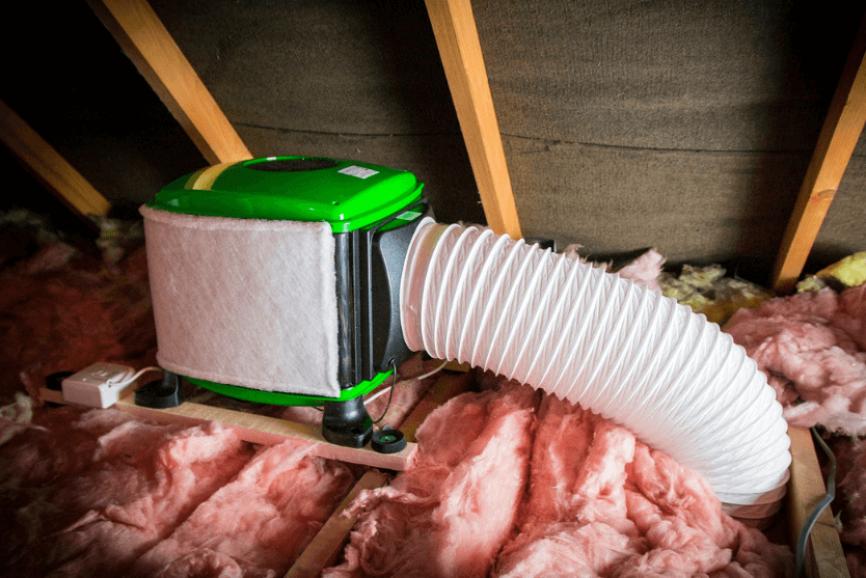
Positive Input Ventilation operates by drawing in fresh, filtered air, distributing it evenly throughout the home, and creating a slight positive pressure to expel stale air.
PIV System Operation
Positive Input Ventilation (PIV) is a ventilation strategy designed to enhance indoor air quality. The PIV system typically consists of a fan unit, ducting, and diffusers. The operation involves the following key steps:
Fan Unit
The heart of the PIV system is a centrally located fan unit, often installed in the loft or another strategic location. This fan draws air from the external environment into the home.
Filters
Before entering the living space, the incoming air passes through filters. These filters serve to remove impurities, allergens, and pollutants, ensuring that the air introduced into the home is clean and fresh.
Distribution
Once filtered, the fresh air is distributed throughout the home via ducting. The ducting is strategically positioned to allow for even distribution, ensuring that every room benefits from improved ventilation.
Introduction of Fresh, Filtered Air from Outside
PIV systems are designed to address issues related to indoor air quality, such as high humidity and condensation. The introduction of fresh air from the outside plays a crucial role in achieving this objective:
Humidity Control
Outdoor air tends to be drier than indoor air, especially during certain seasons. By bringing in fresh air, PIV helps control indoor humidity levels, reducing the risk of mold growth and dampness.
Dilution of Indoor Pollutants
Introducing outdoor air helps dilute indoor pollutants, odors, and stale air, contributing to a healthier living environment.
Creation of Slight Positive Pressure to Expel Stale Air
The distinctive feature of PIV systems is the creation of a slight positive pressure within the home. This positive pressure is achieved by the continuous inflow of fresh, filtered air, which serves several purposes:
Stale Air Expulsion
The positive pressure generated by the PIV system pushes stale air out of the building through natural leakage points, such as cracks and gaps in doors and windows. This helps eliminate stagnant air pockets and improves overall air circulation.
Prevention of Condensation
Positive pressure discourages the entry of moist outdoor air into the building, reducing the risk of condensation on cold surfaces. This is particularly beneficial in preventing issues like dampness and mold growth.
Does Positive Input Ventilation Provide a Cooling Effect?
While Positive Input Ventilation may have a minor cooling impact due to the introduction of outdoor air, its primary purpose is not for heating or cooling.
PIV is Not Designed for Heating or Cooling:
Positive Input Ventilation (PIV) is primarily an indoor air quality solution and is not intended as a heating or cooling system. Unlike air conditioners or heaters, PIV does not actively modify the temperature of the incoming air. Its design focuses on addressing issues related to humidity, condensation, and indoor air pollutants rather than influencing the thermal comfort of the living space.
Acknowledgment of Potential Minor Cooling Impact
While PIV systems are not designed for cooling, there is a nuanced consideration of their impact on indoor temperature. The introduction of fresh outdoor air, especially during cooler seasons, may have a slight cooling effect. However, it is essential to emphasize that any temperature influence is secondary to the primary purpose of the system.
Ventilation Rate
The rate at which the PIV system introduces outdoor air can impact the indoor temperature. Higher ventilation rates may result in a more noticeable cooling effect, but this should not be the primary consideration when implementing PIV.
Localized Cooling
Individual rooms or areas near diffusers may experience a more perceptible cooling effect due to the direct influence of the fresh air supply. However, this is typically minimal and not the intended outcome of PIV.
Primary Function of Humidity Control and Condensation Prevention
The core function of Positive Input Ventilation is to address issues related to indoor humidity and condensation. This emphasis on humidity control contributes significantly to the overall comfort and health of the indoor environment:
Humidity Reduction
By introducing drier outdoor air, PIV helps reduce indoor humidity levels. This is crucial in preventing problems such as mold growth, which thrives in moist environments.
Condensation Prevention
The slight positive pressure created by PIV discourages the entry of moist outdoor air, reducing the likelihood of condensation on cold surfaces. This is particularly beneficial in homes with issues like dampness or condensation-related damage.
Healthier Indoor Environment
While any cooling effect is secondary, the primary outcome is an improvement in indoor air quality, creating a healthier and more comfortable living environment.
What Factors Influence Indoor Temperature with Positive Input Ventilation?
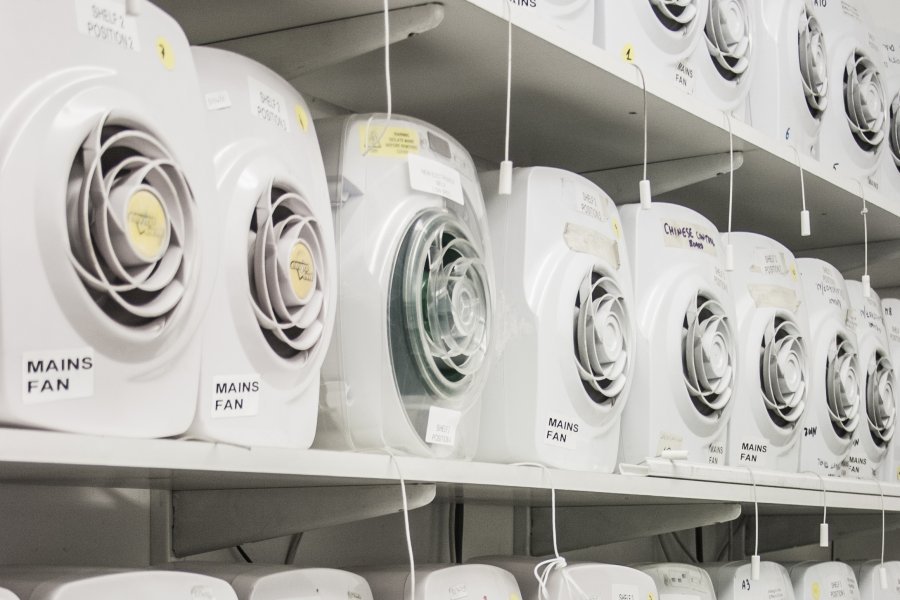
Factors influencing indoor temperature with a PIV system include the proper balance of the system, potential ventilation issues, and external factors such as weather conditions.
Properly Balanced PIV System
The effectiveness of a Positive Input Ventilation (PIV) system in maintaining a comfortable indoor temperature depends on a well-balanced ventilation rate. Properly calibrated PIV systems ensure that the introduction of fresh air is neither excessive nor insufficient for the size and layout of the home. Additionally, strategically placed diffusers and ducting contribute to even air distribution, preventing localized temperature variations.
Advanced PIV systems may include temperature sensors and controls to optimize performance. These features allow the system to adjust the ventilation rate based on indoor and outdoor temperature conditions, helping to maintain a consistent and comfortable indoor climate.
Potential Ventilation Issues and Their Impact on Temperature
If a PIV system is undersized or improperly installed, it may not provide adequate ventilation, potentially leading to a build-up of indoor pollutants and elevated temperatures. Regular maintenance and proper sizing are crucial to ensuring the system functions optimally.
Poorly designed ducting or blocked diffusers can result in uneven distribution of fresh air. This may lead to temperature variations within the home, with some areas experiencing a cooling effect while others may not benefit from the intended ventilation.
In homes with other ventilation systems, such as exhaust fans or natural ventilation, conflicts may arise. Balancing these various ventilation mechanisms is essential to avoid unintended consequences, such as excessive heat loss or gain.
External Factors, Such as Weather Conditions
External weather conditions play a significant role in influencing indoor temperatures. During extreme weather, such as very hot or very cold days, the effectiveness of PIV in maintaining a comfortable indoor climate may be challenged. In such cases, additional heating or cooling measures may be required.
Weather conditions also affect the humidity levels of outdoor air. PIV systems, by design, contribute to controlling indoor humidity, but the external humidity can still impact the overall indoor climate. For example, high outdoor humidity levels may require the PIV system to work harder to maintain optimal conditions indoors.
Different seasons bring variations in temperature and humidity. PIV systems should be adaptable to these changes to provide consistent indoor comfort. Understanding and adjusting the system settings based on seasonal variations contribute to its overall effectiveness.
FAQ’s
What are the disadvantages of PIV ventilation?
PIV may not address specific indoor air pollutants, and the initial installation cost can be a drawback.
Do PIV units use a lot of electricity?
No, PIV units are generally energy-efficient, using minimal electricity for continuous operation.
Does PIV reduce humidity?
Yes, PIV helps reduce indoor humidity by introducing drier outdoor air.
Is a PIV noisy?
PIV systems are designed to operate quietly, and noise levels are typically low.
Do PIV units heat up?
PIV units do generate some heat during operation, but it is usually minimal.
Does PIV reduce dust?
PIV can contribute to reducing dust by promoting air circulation and filtration, but it may not eliminate all dust particles.
Final Words
Positive Input Ventilation (PIV) works by bringing in clean outdoor air, improving indoor air quality, and preventing issues like mold and dampness. While PIV may have a slight cooling effect, it’s important to know it’s not meant for heating or cooling your home. The main job of PIV is to control humidity and stop condensation. To make sure your home stays comfortable, it’s crucial to install and balance the PIV system properly.
Keep in mind that external factors like weather conditions can also affect indoor temperatures. Overall, by focusing on its main goal of keeping the air fresh and dry, PIV helps create a healthier and more pleasant living environment.

